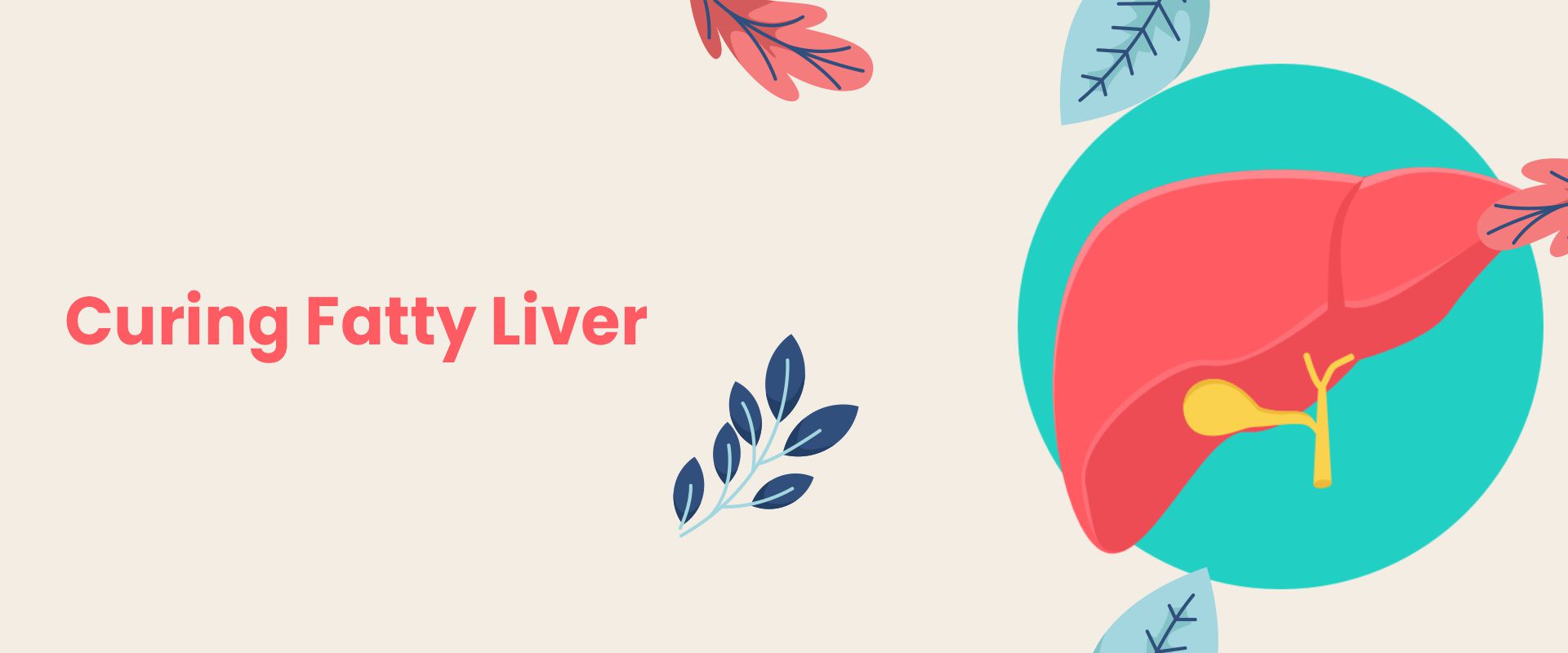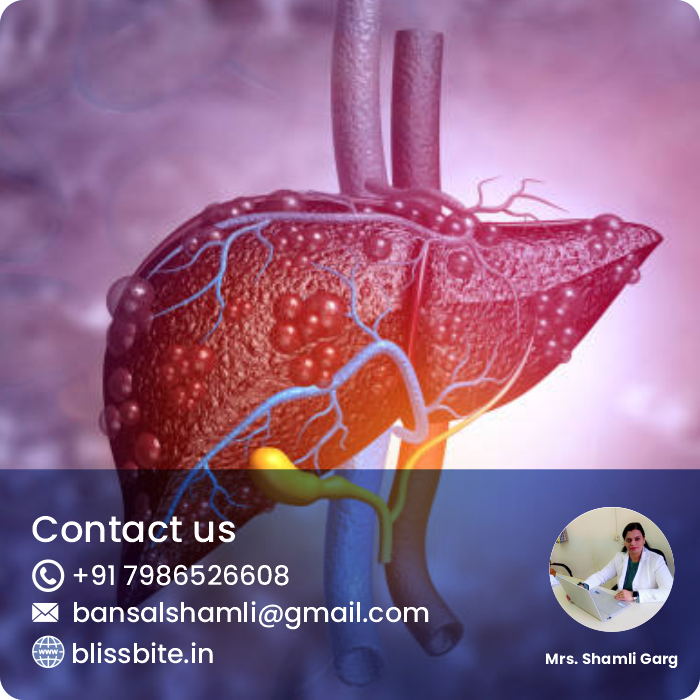
Understanding and Curing Fatty Liver: A Comprehensive Guide
Fatty liver disease, also known as hepatic steatosis, is a condition characterized by the accumulation of fat in liver cells. This common health concern often goes unnoticed in its early stages but can progress to more severe conditions like non-alcoholic steatohepatitis (NASH) and cirrhosis if left untreated. This comprehensive guide aims to provide a thorough understanding of fatty liver and explore effective strategies for its prevention and cure.

Book Appointment
1 What is fatty liver disease?
Fatty liver disease is a condition characterized by the accumulation of fat in liver cells. There are two main types: non-alcoholic fatty liver disease (NAFLD) and alcoholic fatty liver disease (AFLD).
2 What causes fatty liver?
Common causes include obesity, insulin resistance, type 2 diabetes, high cholesterol, rapid weight loss, poor diet, and sedentary lifestyle. Genetic factors can also play a role
3Are there any symptoms of fatty liver?
In the early stages, symptoms may be subtle, including fatigue and abdominal discomfort. Advanced symptoms may include jaundice, swelling, and mental confusion.
4How is fatty liver diagnosed?
Diagnosis involves blood tests, imaging studies (ultrasound, CT scan, MRI), and sometimes a liver biopsy for a definitive assessment.
5Can fatty liver be cured?
Yes, fatty liver can often be reversed through lifestyle changes, including a healthy diet, regular exercise, and weight management. In some cases, medications may be prescribed.
6Can stress worsen PCOD/PCOS symptoms?
Yes, chronic stress can contribute to hormonal imbalances and exacerbate PCOD/PCOS symptoms. Stress-management techniques, such as meditation, yoga, and mindfulness, can be beneficial in improving overall well-being and symptom management

